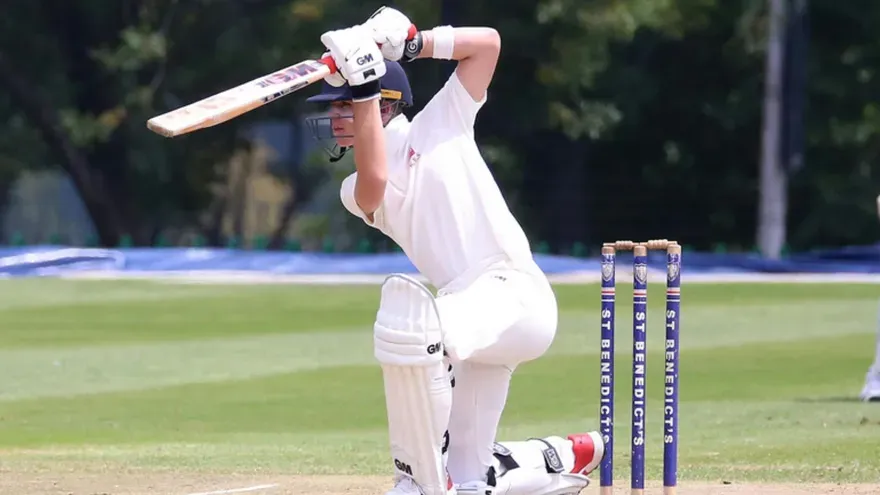The 85th season of the Ranji Trophy concluded where Vidarbha retained its title defeating Saurashtra and proved that their win last year was much more than a “fluke”. Quantitatively there were several records but qualitatively the season was obviously not the best. The hotshot teams were affected by non-availability of players due to India A’s tour of New Zealand and Asia cup but this made a lesser contribution in decreasing the quality. The major constituent in the above said matter was induction 9 new teams on the order of Committee of Administrators (CoA) in the tournament.
The 9 new teams included six from north-east, besides Bihar, Uttarakhand and Puducherry. These new teams played in the Plate group and rest of the teams that participated in the last season were divided into the elite groups. This increased the number of teams from 28 to 37. This increased the number of matches from 91 to 160 and the stint of the season by 36 days. Looking superficially at the induction it appears as a great opportunity for these states but we analyze the facts they show a completely different story. Although a safeguard was given that at least one team from the Plate group should appear in the knockout. But this also created ambiguity at the starting of the season.
The new system was invented by Committee of Administrators’ diktat of one team from the pool of new teams must feature in the knockouts — effectively means that five of the top 18 teams in India will progress to the quarterfinals. What’s intriguing is the standings of two different groups will be combined despite each team not having played against half the sides in the pool of 18. As a result, the teams will be forced to keep track (the only thing they could do) of the performance of teams from other groups besides tracking those in their own group. If one group has plenty of results and the other is dominated by draws, it could well have happened that, all five teams that qualify may be from one group. And this did happen to a great extent where 4 teams from group A made it to the knockouts.
This system was very similar to that of Vijay Hazare trophy with the only difference being that 6 teams were completely naïve to the game. All the 9 states did not have a developed cricketing culture especially those from Northeastern regions. They were allowed to have 3 professional players. It resulted in professional players and those who could not make a spot in the national team but have a prolonged career in cricket easily minted runs and took wickets in the plate group matches. To put a number to the argument 5 out of top 10 batsmen and bowlers were from plate groups where professional players simply dominated and locals could do nothing. Most of the matches could not see the light of the third day. The matches were mostly one-sided.

This brings us to the question for the day that should the standards of the tournaments be compromised for giving these teams a chance or should they first be made to play amongst themselves and then brought here. Should the small boat first be allowed to float in the rivers or directly thrown in the ocean? This, my friends, I leave to your wisdom and a fine sense of judgement.














